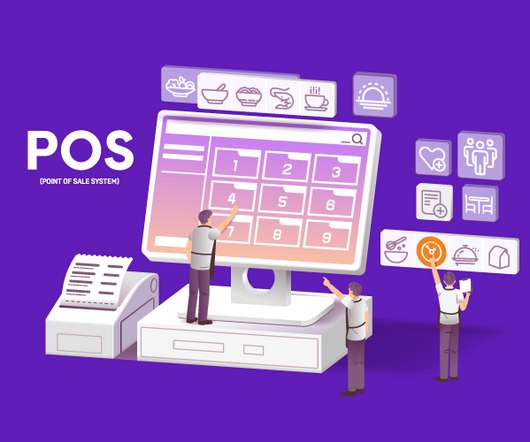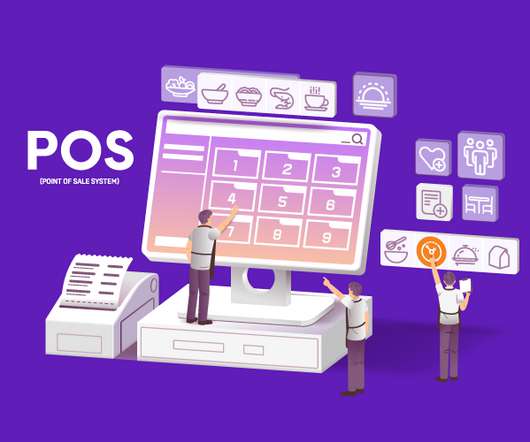8 Best Retail-Focused POS Systems for SMBs in 2022
V Count
SEPTEMBER 15, 2022
A modern POS system lets you accept customer payments at a specific location or on the go and can help you track your sales in an efficient way. Customer retention is a critical element in creating a successful business, and as a retail store runner, you need to ensure that customers can make transactions as easy as possible.












Let's personalize your content